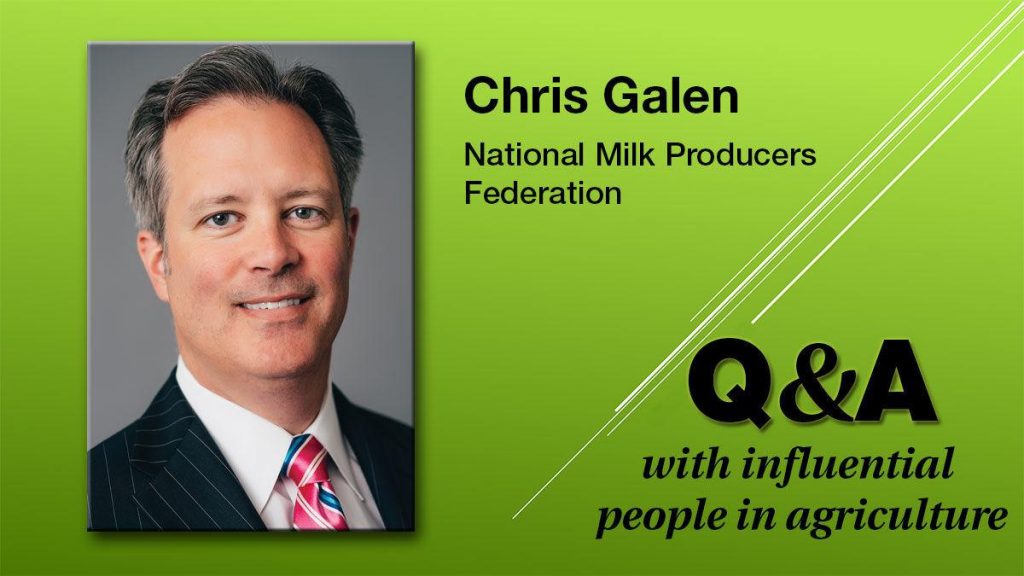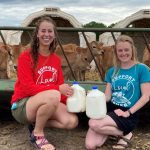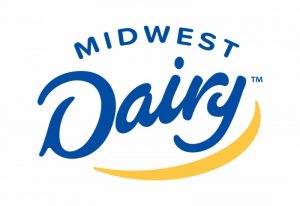
In his role, Galen is responsible for ensuring that NMPF’s members derive value from their involvement with the association, and that NMPF is effective in its engagement with other dairy, agricultural and food organizations. This includes overseeing the delivery of a range of member services, while also creating and strengthening relationships in Washington and across the country between the organization and other stakeholders.
Prior to being named to his current position, Galen served in the lead communications role at NMPF from 1997 to 2018.
His professional background includes work as a television anchor and reporter in the Midwest and as press secretary to Congressman Hal Daub (R-NE). He also served on Marlin Fitzwater’s staff in the White House Press Office at the end of the Reagan Administration and then as communications director for Congressman Jim Lightfoot (R-IA). Galen’s private sector experience includes work in communications at the National-American Wholesale Grocers Association and at Ketchum Public Relations in Washington, D.C. He attended college at the University of Nebraska, where he majored in journalism.
IFT: How would you assess the state of the U.S. dairy industry?
GALEN: The dairy industry has suffered a massive disruption because of the pandemic, as has the rest of the food industry, and indeed the rest of the global economy. As of early June, we are hoping that farmers can weather the painfully poor milk checks of the next few months – and that the forecasts of higher prices in the last 4-6 months of the year pan out. If we see another price retreat later this year due to weak economic conditions, many farmers will be faced with financial ruin. So, the state is fragile and challenged, but at the same time hopeful that the recovery will be quick and robust.
IFT: How would you describe the impact of COVID-19 on the industry?
GALEN: It was a huge demand shock that no one has really experienced. Half of butter and cheese sales are tied to the foodservice channel, and that business mostly vanished in March. At the same time, fluid milk demand, which had been sagging, suddenly became white-hot and a lot of retailers couldn’t keep milk in stores. So farmers were dumping milk that would have been made into cheese, even while grocery stores were limiting purchases of gallon jugs of milk.
The supply chain adjusted, however, and now the question is whether the restaurant demand will return to pre-COVID levels, and how long that may take. Obviously, the restaurant industry has been devastated and many independent foodservice vendors are gone.
IFT: Are there incentives to build the industry, such as developing markets, export potential, etc.?
GALEN: It’s too soon to say what the new post-pandemic world will be like, other than to say that exports will be a key part, but obviously many of our export markets have also been slammed by the coronavirus and it will take a while for the global market to reestablish some sense of equilibrium.
IFT: How important is CFAP to the dairy industry, and is more assistance needed?
GALEN: CFAP payments are only now going out, so it’s too soon to say what the impact is. Certainly without the promise of $3 billion in dairy payments and another $1 billion in direct purchases, things would be much bleaker. We do see the need for more assistance, and have been engaged in discussions with lawmakers about another stimulus package to address needs not already met. I should add that the SBA’s loan programs, PPP and EIDL, are also helping many ag businesses.
But as with CFAP, until we see how the flow of dollars repairs balance sheets, we can’t assume the assistance developed so far will heal the wounds.
IFT: What are some other key issues producers need to be thinking about?
GALEN: The main point is that the prospects for milk prices, and a sustained recovery of healthy prices, is directly tied to a sustained economic recovery, here in the U.S. and in our key export markets. If you look at the price trends, it’s a steep plunge this spring, but after a few months of terrible prices, the outlook is for decent price levels later in 2020. And the same is happening with the stock market, where prices plunged in March, but have climbed back strongly since then.
Both of those trends are based on expectations that we are on the way back up in a V-shaped economic recovery. Let’s hope that comes to pass. If the massive amount of layouts, business closures and canceled orders continues, however, the V may become more of a W. We hope not – all the stimulus money is intended to help accelerate and buttress the recovery – but it’s too soon to say right now. The futures markets are strong at the moment, so hopefully farmers can lock in some decent prices for later in 2020 using risk management tools.
IFT: As you look ahead into 2021, where do you see the dairy industry? Or does COVID-19 make that too difficult to predict?
GALEN: To paraphrase Mike Tyson, everyone has a prediction until they get punched in the face. We were predicting better milk prices in 2020, and then the coronavirus gave us all a big punch. Right now, to continue the boxing metaphor, we’re up off the canvas and back in the ring. The economic indicators are getting better as more consumer activity resumes with the start of summer. So we are hoping that the dairy industry will see more “normal” conditions in 2021 with a resumption of more typical activity.
I think the biggest question for us is what does the restaurant and foodservice industry look like next year? Will people again be dining out, with or without the development of a vaccine? Or will that type of behavior first require an effective coronavirus vaccine that may or may not be available in 2021? The good news is that we know dairy foods offer high-quality, low-cost nutrition, and regardless of the economy, we have a lot to offer consumers.























